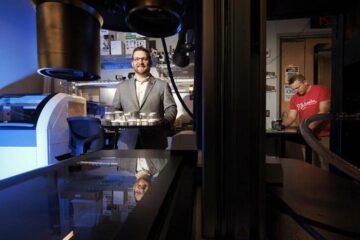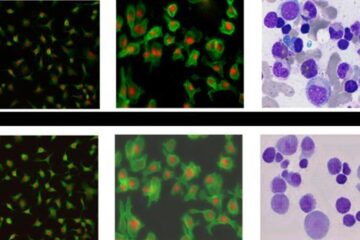Delft researcher develops design-rules for transport networks

Large changes unnecessary for multimodal transport
Multimodal transport is not in need of redesigned networks, rather of well designed ones. This is one of the conclusions from the PhD research of Rob van Nes, who will defend his thesis on Wednesday 25 September at TU Delft. “A highway with too many on and off ramps actually becomes a main road. This might be handy, but it is not effective.” Van Nes, who carried out his research at TRAIL research school, laid the theoretical foundation for something which many people already suspected.
Multimodal transport is often seen as an interesting possibility to solve the current traffic problems such as traffic jams, unreachable areas and negative environmental effects. Combining the use of, for example, cars, trains and buses on certain routes, could emphasise the strengths and diminish the weaknesses of the network. Van Nes: “Multimodal transport is very useful, but the important question is actually: what exactly does an effective multimodal network look like? Is a different from the networks that we have at the moment, or are the connections between the networks more important?” According to Van Nes, two points are of great importance for an effective multimodal network: hierarchy and concentration in space.
Using mathematical models, Van Nes showed that multimodal networks are pointless unless one sticks to the hierarchy of the network. Van Nes: “In the hierarchy, a highway stands above a main road. The highway is for longer distances at higher speeds, a main road is for shorter distances and lower speeds.” If one does not maintain a clear separation, the result is an inefficient network. Van Nes: “A highway with many on and off ramps becomes a main road. It gets used for shorter distances, it becomes busier and the speed decreases.”
The concentration in space is also very important. Van Nes uses calculations to show that a public transport network can only work if there is a demand for transport. “If in a certain part of the city, there is no clear demand for transport, it is of little use to build higher level networks (fast tram/subway) alongside a the bus network in that area,” says Van Nes, “It is better to choose one of the two. This saves space, and especially money.” Van Nes has laid theoretical foundation for something that many people already suspected. Van Nes: “We can now provide proper arguments as to why we must build networks systematically, and on what points we should concentrate when trying to stimulate multimodal transport.”
Media Contact
More Information:
http://www.tudelft.nlAll latest news from the category: Transportation and Logistics
This field deals with all spatial and time-related activities involved in bridging the gap between goods and people, including their restructuring. This begins with the supplier and follows each stage of the operational value chain to product delivery and concludes with product disposal and recycling.
innovations-report provides informative reports and articles on such topics as traffic telematics, toll collection, traffic management systems, route planning, high-speed rail (Transrapid), traffic infrastructures, air safety, transport technologies, transport logistics, production logistics and mobility.
Newest articles

Bringing bio-inspired robots to life
Nebraska researcher Eric Markvicka gets NSF CAREER Award to pursue manufacture of novel materials for soft robotics and stretchable electronics. Engineers are increasingly eager to develop robots that mimic the…

Bella moths use poison to attract mates
Scientists are closer to finding out how. Pyrrolizidine alkaloids are as bitter and toxic as they are hard to pronounce. They’re produced by several different types of plants and are…

AI tool creates ‘synthetic’ images of cells
…for enhanced microscopy analysis. Observing individual cells through microscopes can reveal a range of important cell biological phenomena that frequently play a role in human diseases, but the process of…





















